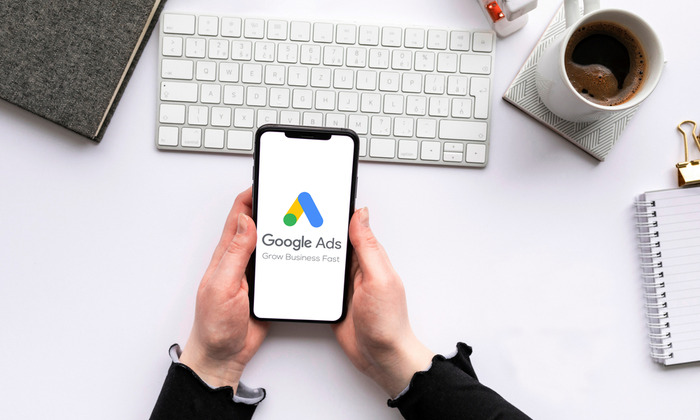
Google Ads Management is a powerful online marketing tool that helps businesses maximize their advertising potential. Google Ads is becoming one of the most popular and effective ways for businesses to advertise their products and services. This article will discuss the benefits of using Google Ads, the different types of Google Ads, how to set up a Google Ads campaign, and how to create effective copy for your ad.
Benefits of using Google Ads
Google Ads provides numerous benefits for businesses that want to improve their online marketing campaigns. One of the biggest advantages of using Google Ads is that it allows you to target a specific audience with your ads. For instance, with Cliq Google Ads management, you can target people based on age, location, gender, interests, and more. This helps ensure that your ads reach the right people at the right time, increasing your ROI since you will be reaching more qualified leads who are likely interested in what you have to offer.
Another advantage of using Google Ads is that it’s relatively inexpensive compared to other forms of advertising such as television or radio spots. Since you only pay when someone clicks on your ad (pay-per-click), you can keep track of how much money each click costs and adjust accordingly if needed. This cost efficiency makes it easier for small businesses with limited budgets to take advantage of this powerful tool for marketing purposes.
When someone clicks on your Google Ad, you get immediate results. This is because you don’t have to wait for your ad to be printed or aired, as is the case with traditional advertising methods. This immediate feedback allows you to make adjustments to your ad and campaign in real time, improving your chances of success.
Understanding the Different Types of Google Ads
Google Ads has different types of ads, each with its features and benefits. Search Ads are one of the most popular types of Google Ads, as they allow advertisers to target specific keywords related to their business or product. When someone searches for a keyword related to your business, your ad may appear at the top of the SERP in an area known as “Sponsored Results”. These ads typically include text-based descriptions as well as images and videos, depending on how you choose to customize them. Search ads are ideal for companies looking to drive traffic directly from search engine queries and have proven effective in increasing conversions for many businesses.
Display Ads are another common type of Google Ad that appears on websites across the web alongside relevant content or topics related to your business or product. Display ads come in various sizes, shapes, and formats including static images, animated GIFs, HTML, and more. Display ads are ideal for businesses raising brand awareness or introducing new products.
Setting Up a Google Ads Campaign
If you are looking to drive more traffic to your website and increase leads and sales, Google Ads is a great way to do it. However, setting up a campaign can be intimidating if you aren’t familiar with the process. Here is a step-by-step guide for setting up your own Google Ads campaign:
Sign Up for an Account: The first step is signing up for an account with Google Ads. This can be done easily by going to the website and following the instructions on the screen. You will need a credit or debit card in order to confirm payment information before you can proceed any further.
Select Your Target Audience: Once you have set up your account, it’s time to choose who you want to target with your ads. You can select from various criteria such as age, location, gender, interests, etc., depending on what best fits your business’s goals and objectives.
Set Your Budget: Once you have chosen who you want to target with your ads, it’s time to set a budget that works best for you and that fits within any other marketing budget that may already exist in place at your company or organisation.
Conclusion
Google Ads is a powerful tool for businesses looking to reach a wider audience and increase leads and sales. With its targeting capabilities, cost efficiency, and immediate results, Google Ads has become a popular choice for many companies. However, creating and optimizing a successful Google Ads campaign requires careful planning and execution.
By understanding the different types of Google Ads, setting up a targeted campaign, creating effective ad copy, and optimizing for maximum performance, businesses can maximize their advertising potential and achieve their marketing goals. Remember to continuously monitor and adjust your campaign based on data and performance metrics to ensure that it remains effective and profitable over time.


